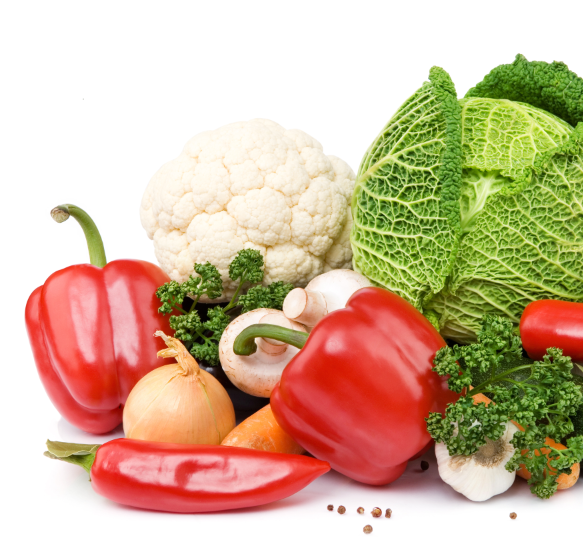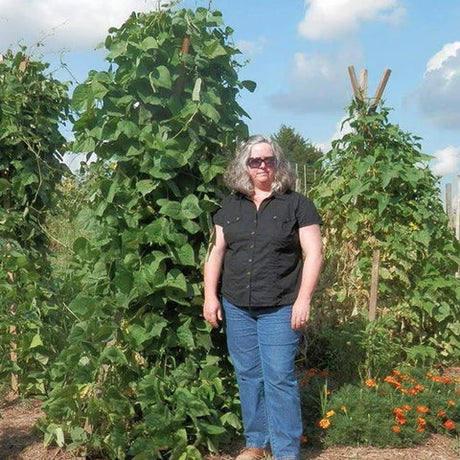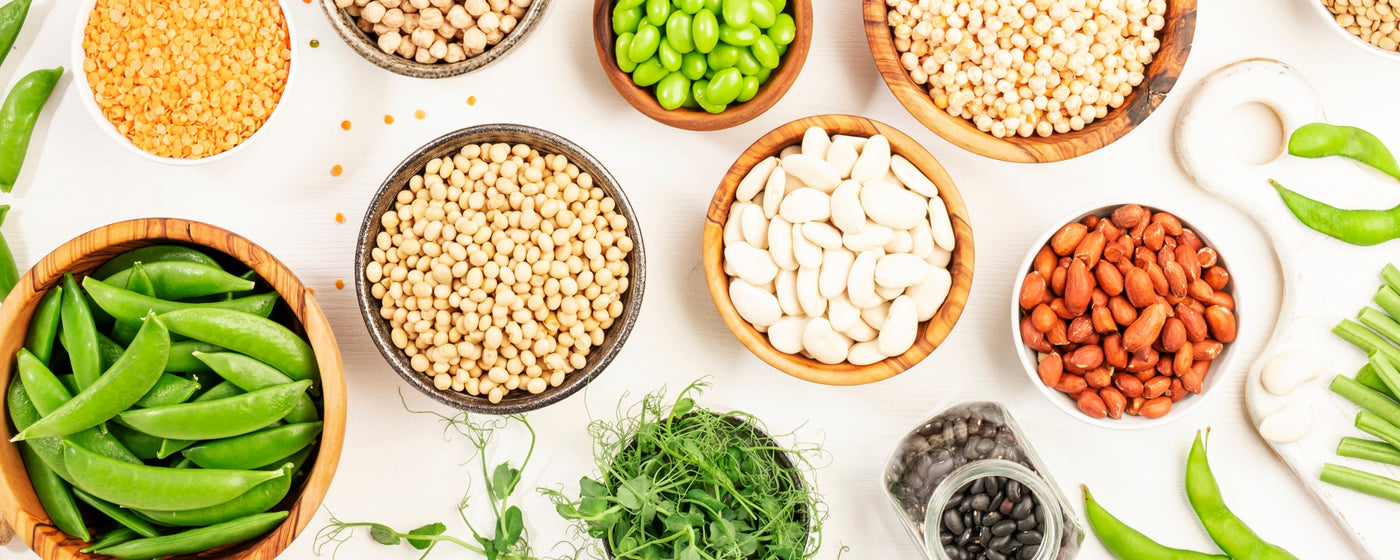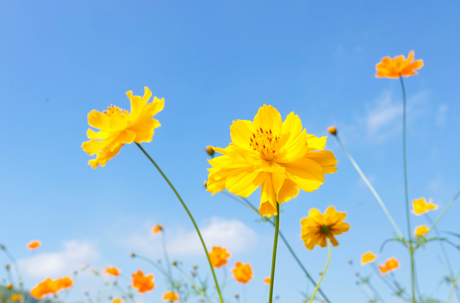Start by thinking about what you’d like to grow.
Here 6 factors to consider:
- How much of the year is left? – If you are planning your garden during the winter, or as late in the spring as May, you can still potentially grow anything you want. As you get later in the year, however, more and more different crops are eliminated from the list of crops you can plant. Why is this? It has to do with the “days to maturity” needed for different crops. Just as a person takes about 18 years to reach physical maturity, each different crop needs at least a certain number of days to grow from seed to the point where it is harvestable. Some plants like radishes and lettuce can be harvested in as little as 30 days, but others like peppers and watermelons and Brussels sprouts may need as many as 120 frost-free days to give you a crop. If there aren’t enough warm days left in the year for a plant to produce what you want, planting that plant will be a waste of space in your garden.
- Geographic Location – All of the crops discussed in this manual can be grown in southern Wisconsin (and, more generally) the upper Midwest, but some of them are harder to grow than others because of the relatively short growing season in this area. Tomatoes, peppers, eggplant, melons, and squash are sensitive to cold (particularly when the plants are young) and must be protected from it in special ways and/or planted within a narrow time window. Most common fruits, vegetables, herbs, and flowers do best in full sun, so gardeners whose garden space is significantly shaded by trees or buildings will have a limited set of crops to grow even if they live far to the south of Wisconsin.

- Space – If your garden is small (say, less than 8 m or 25 ft on a side), there are certain crops you may not want to grow, just because they take up too much space (and will thereby keep you from growing much else). Unfortunately, this list includes popular favorites such as corn, potatoes, melons, squash, and pumpkins (and perhaps cucumbers, though they can be trained up wood, string, or metal structures called trellises so that they take less space). These plants are fun to grow and are still discussed in this manual, but if you choose to grow them you should do so with the knowledge that they may get very, very big and will tend to shade out or literally overrun your other crops.
Some compact crops for small gardens are beans, beets, cabbage, carrots, greens (lettuce, spinach, and many other types), onions, radishes, and turnips. - Your own desires – Some gardeners only care about growing tomatoes, while others like to have as much diversity as possible. Most gardeners fall somewhere in between. All of these strategies are fine, with the possible exception of growing only one crop year after year – this can lead to a buildup of pest and disease problems (ideally, you’ll grow at least a few different crops and “rotate” them around the garden so that no crop grows in the same place two years in a row).
Before you order seeds or start digging in the garden, think about what you want. If there’s something you really like (whether it’s tomatoes, salad greens, strawberries, flowers, or something else), you’ll want to plan your garden around that. Some of your choices may be driven by what’s available in local grocery stores or farmers’ markets and at what price. Decent potatoes and onions, for example, are cheap and widely available in stores and farmers’ markets, so growers with limited space often skip these crops (though both are fun to grow, especially if you want to try varieties with unusual colors, shapes, or flavors).
Some gardeners really want to have asparagus, rhubarb, or fruit. Keep in mind that many such perennial crops do not yield anything for at least two or three years after planting. If you aren’t sure how long you’ll have your garden plot, don’t plant these crops. In general, if you don’t have any particular desires, read the quick reference guide to vegetable planting and the crop pages and try a bunch of different crops to find out what you like. Keep notes on what does well in your soils and your climate. - Simplicity – It is easy to feel overwhelmed in the garden. For this reason alone, beginning gardeners may do well to choose as few as four crops (perhaps peas, tomatoes, cucumbers, and lettuce), and try to grow these successfully before doing more the second year.
- Difficulty of growing some crops -- For various reasons, some plants are harder to grow than others. Eggplant, for example, can be difficult to grow because (in some locations, at least) they need to be protected from many different pests while also being kept warm. There are many plants (garlic, tomatoes, and squash, for example) that will produce for you without enormous effort on your part, but where a little extra care and attention can make for a much better crop. In general, if you follow the planting and care suggestions in this manual, you should have success with at least some crops each year. Even professional farmers lose crops to weeds, pests, disease, or simply a lack of time needed to perform adequate care.














































